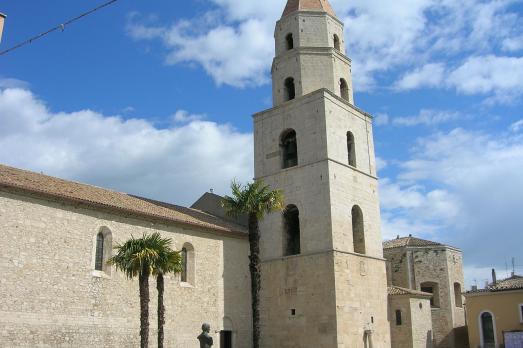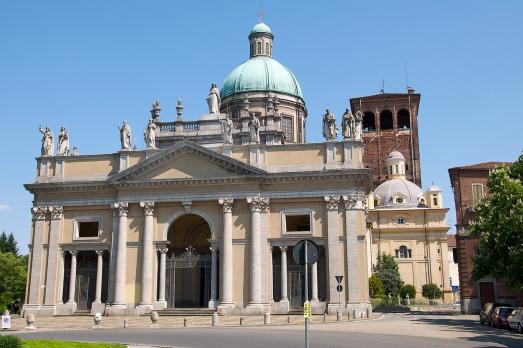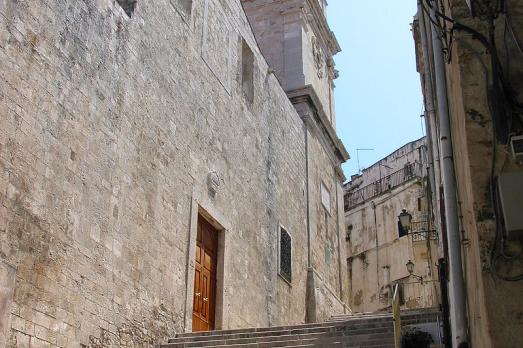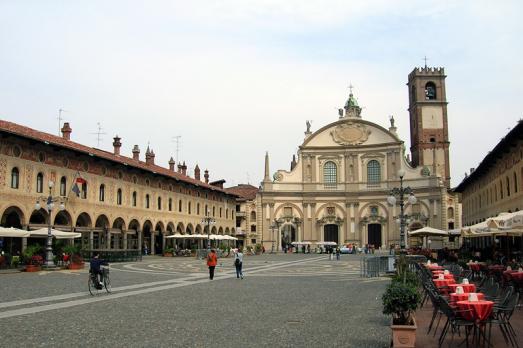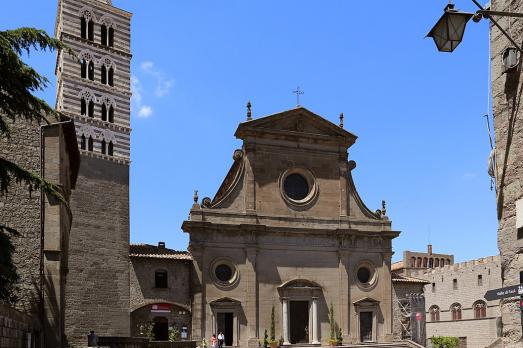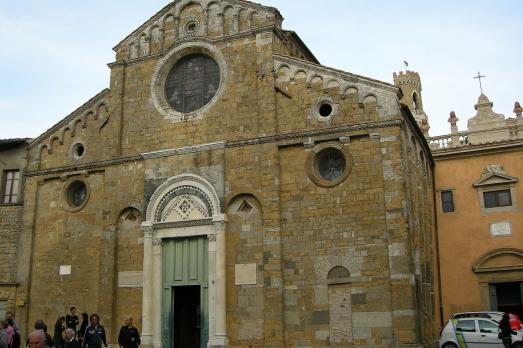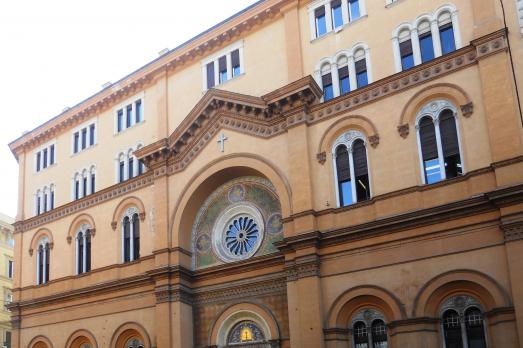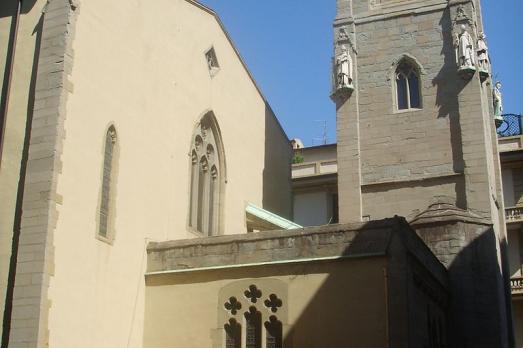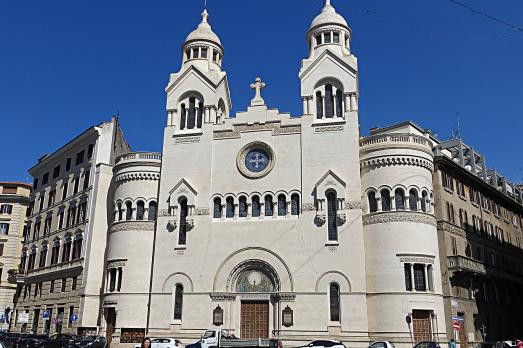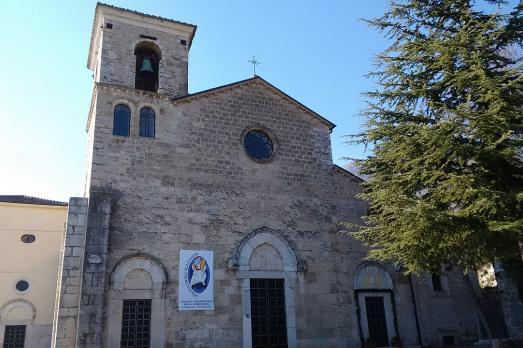
Venafro Cathedral
Venafro, IT
The cathedral of Venafro was rebuilt in the second half of the 11th century by Bishop Pietro of Ravenna. The building also experienced a tumultuous life: it was stripped of all its possessions by the troops of Frederick II (1220-1250), was damaged by earthquakes in 1349 and 1456, was burnt down on the orders of Emperor Ludwig and had to accommodate the troops of Charles VIII in 1495. Between the end of the 17th century and throughout the 18th century, the church was embellished in the Baroque style. However, its present appearance is the result of restoration work carried out in the 1960s and 1970s, which stripped the co-cathedral of its old Baroque forms and returned it to its previous medieval-Gothic appearance.
